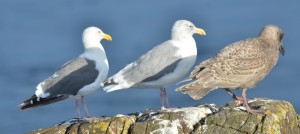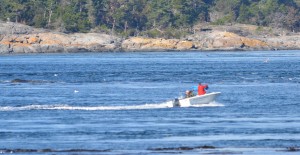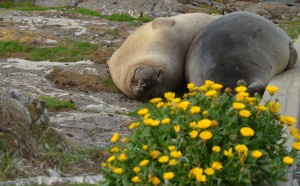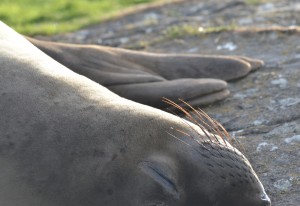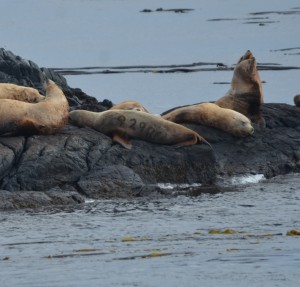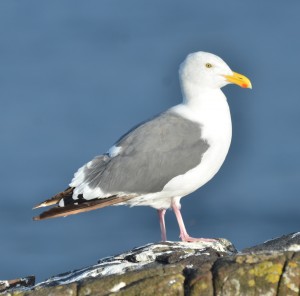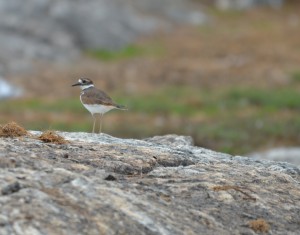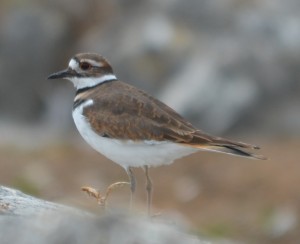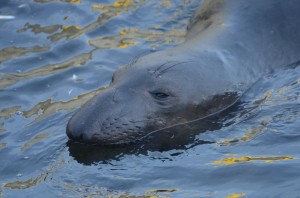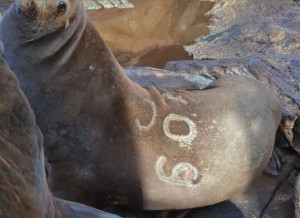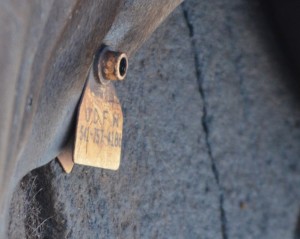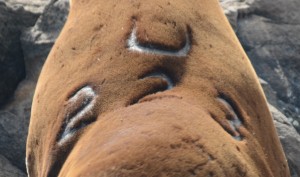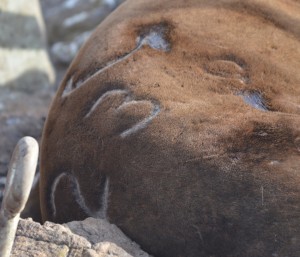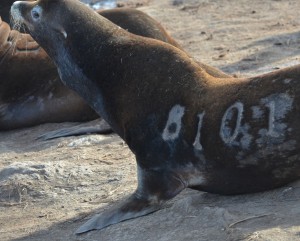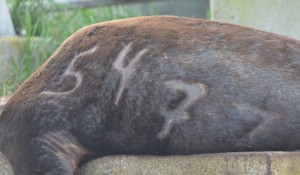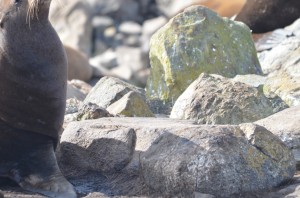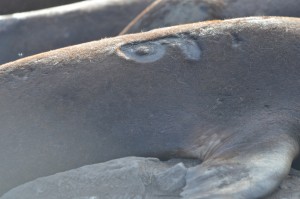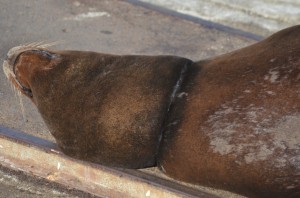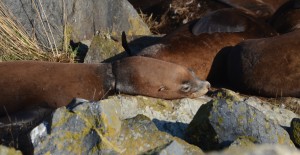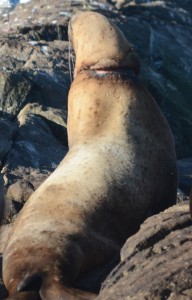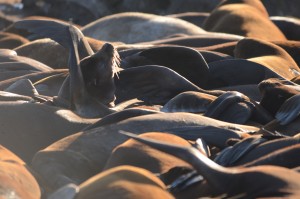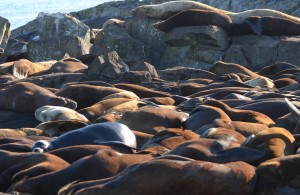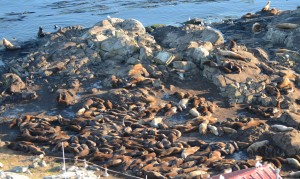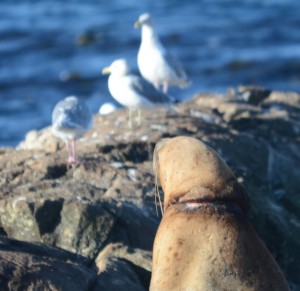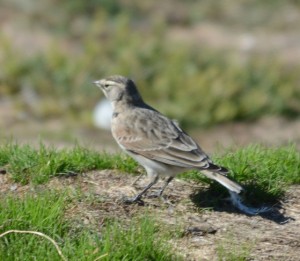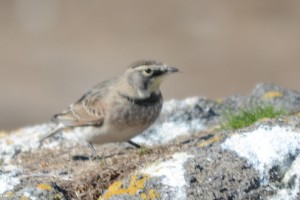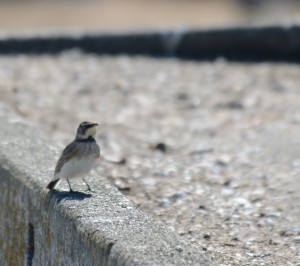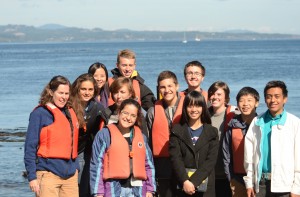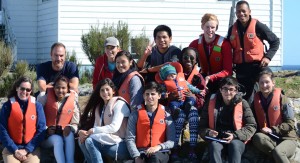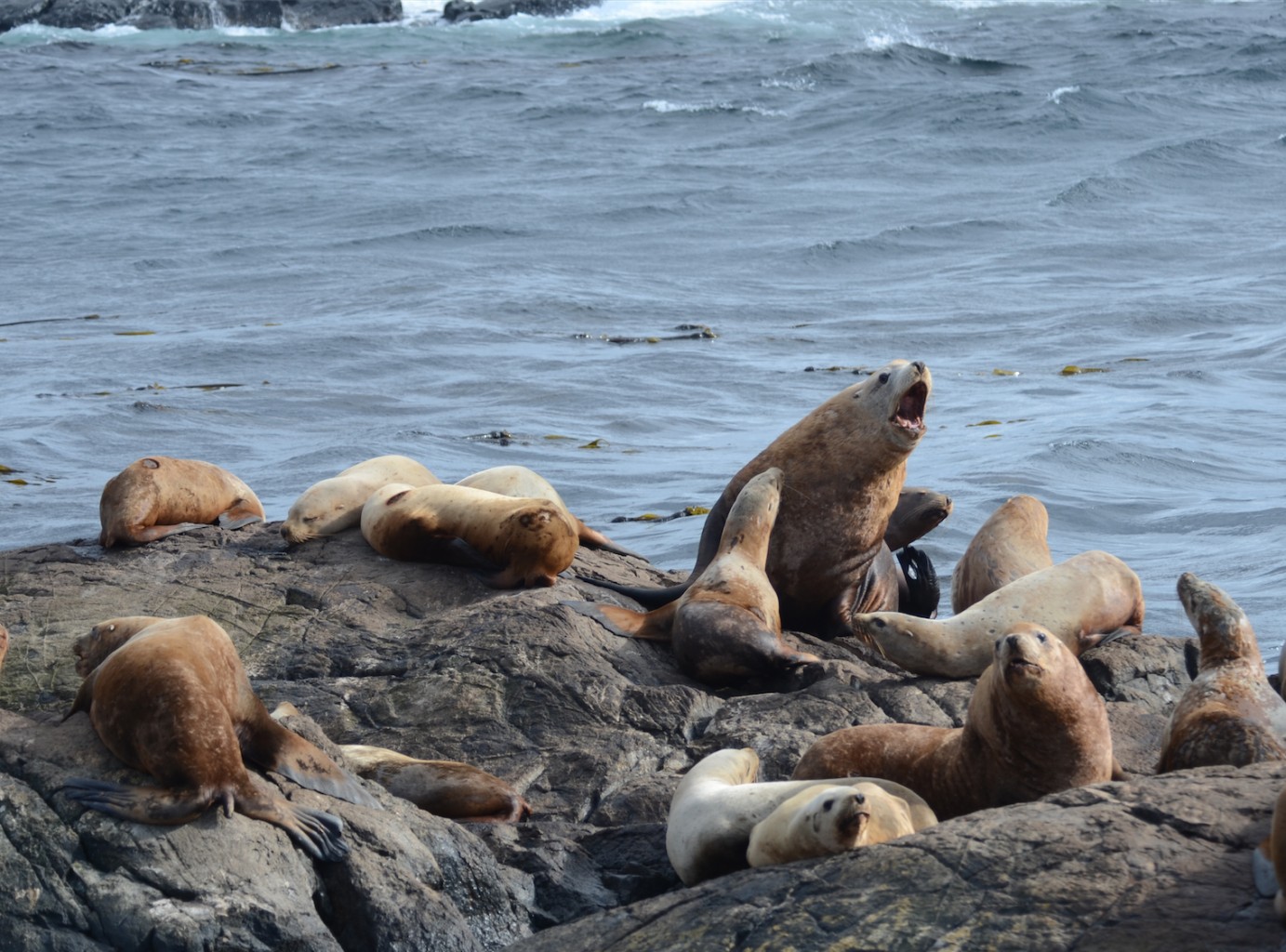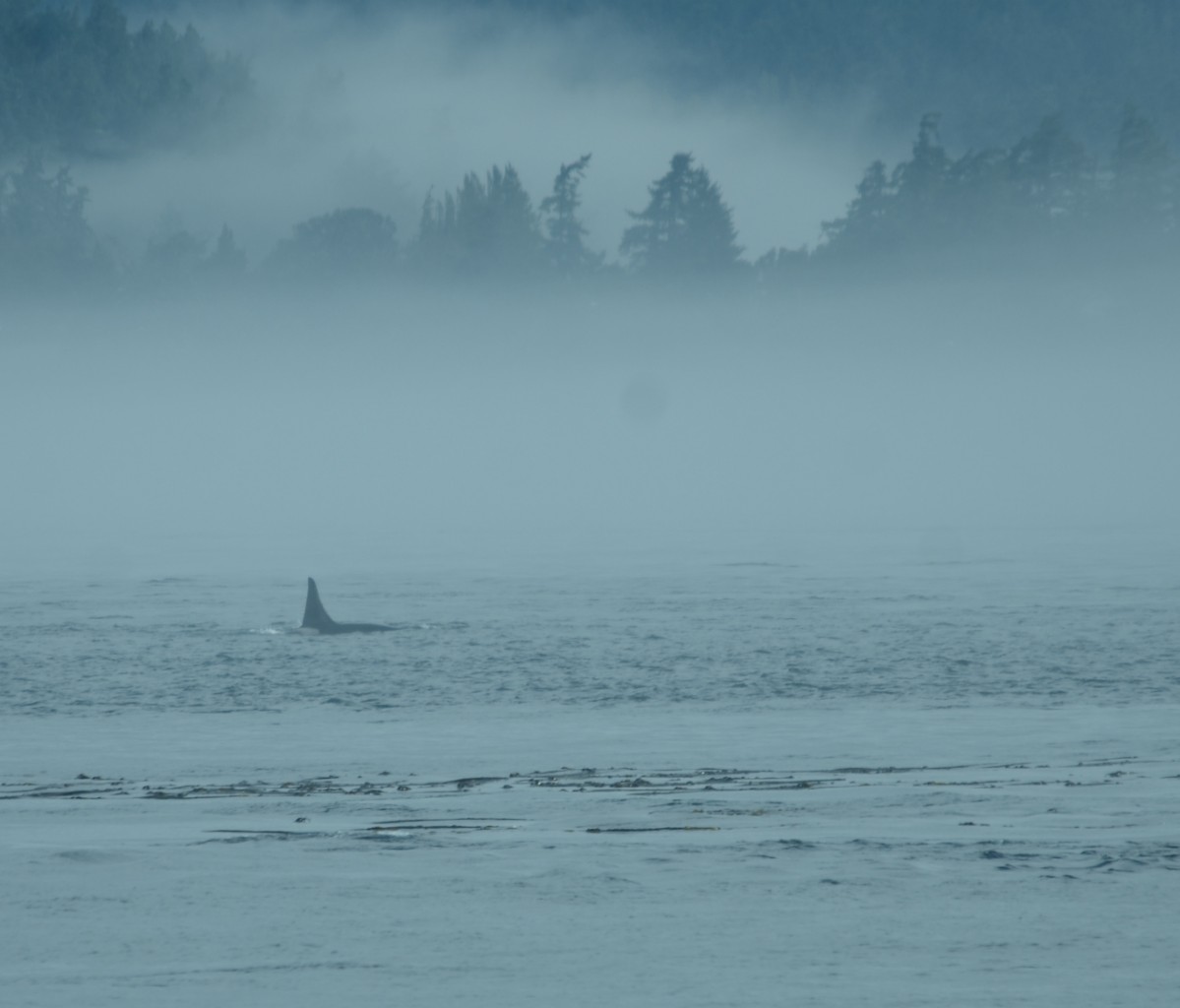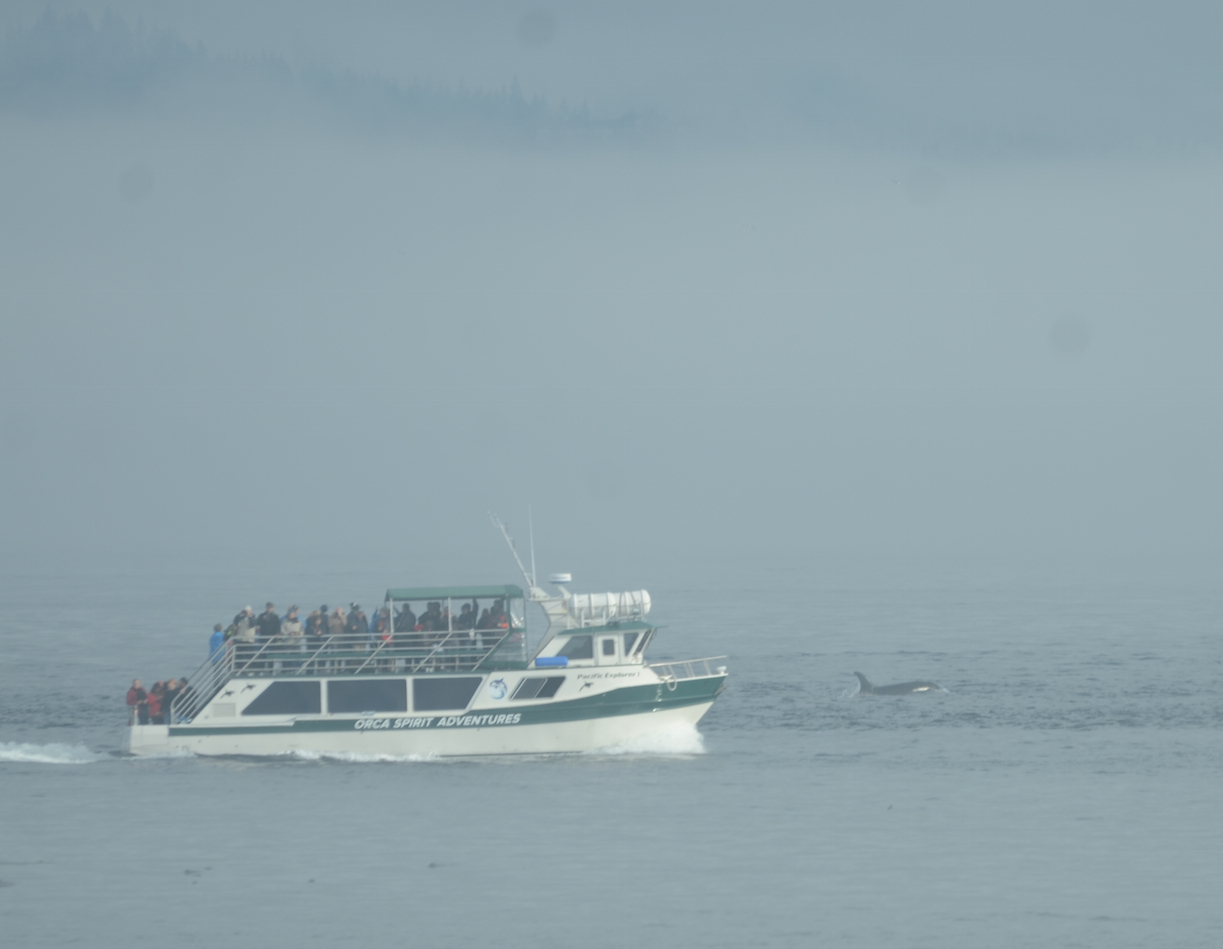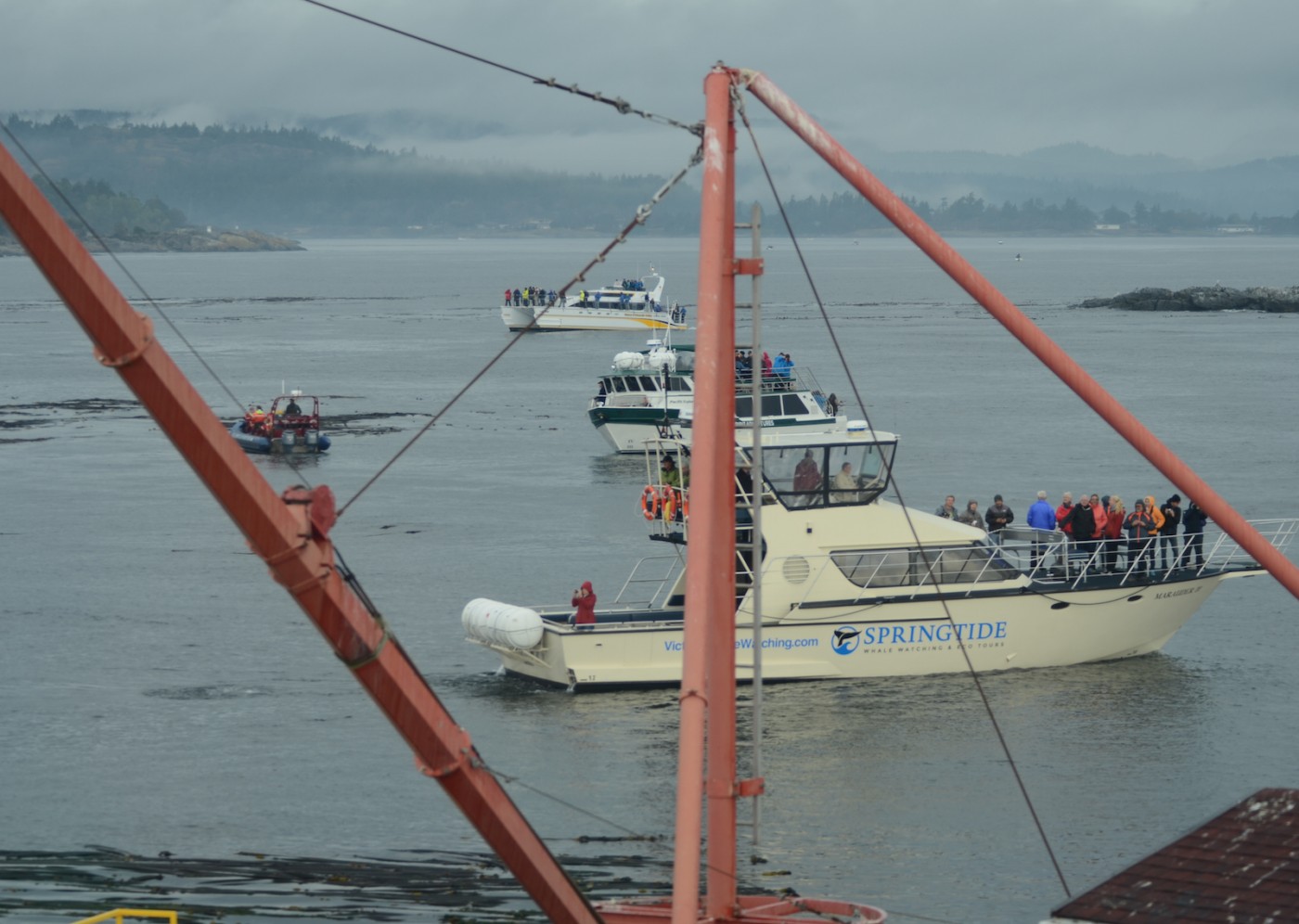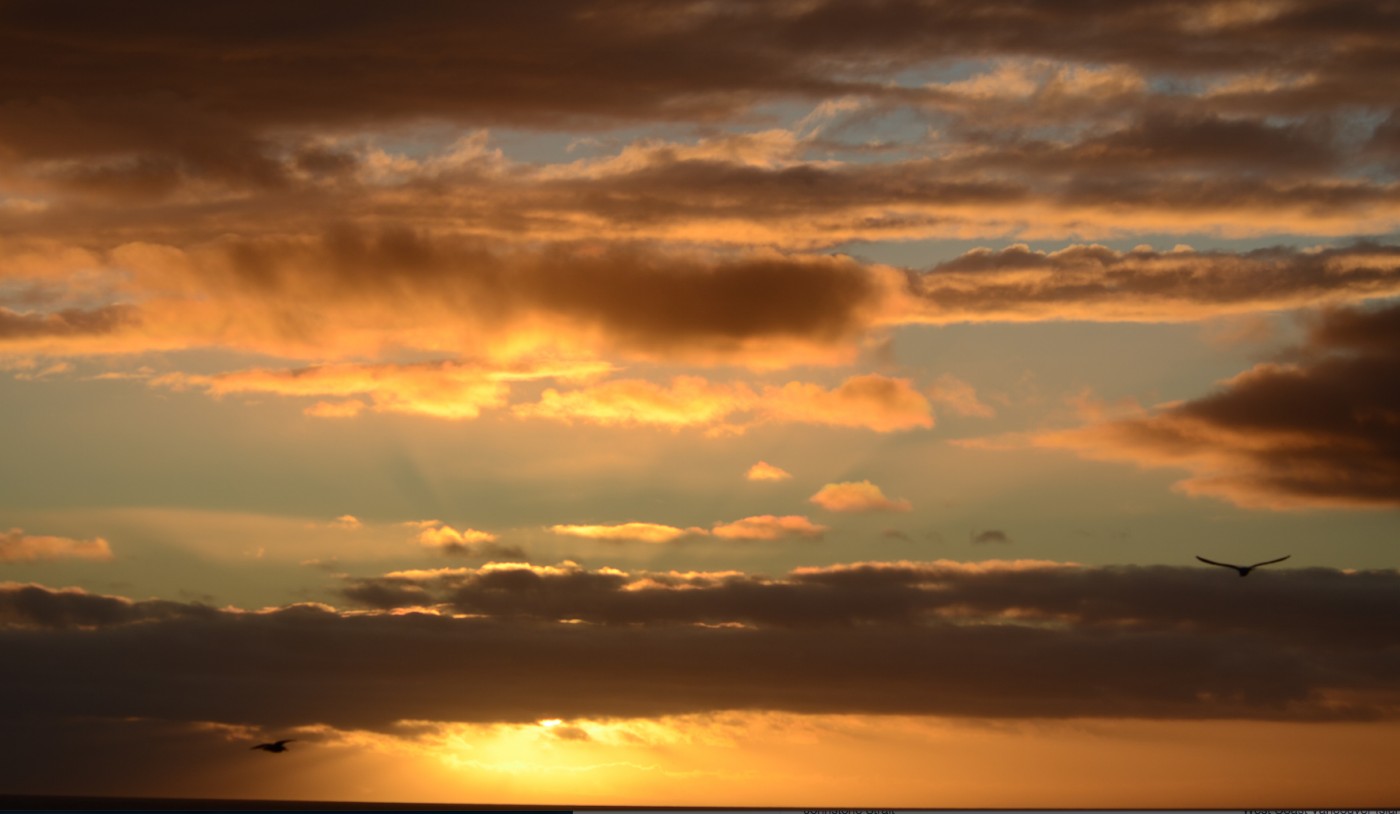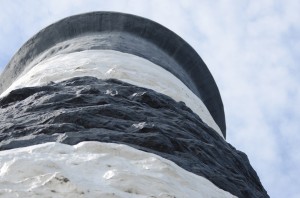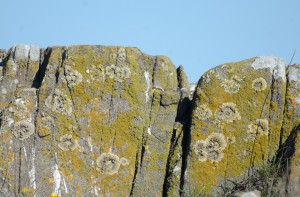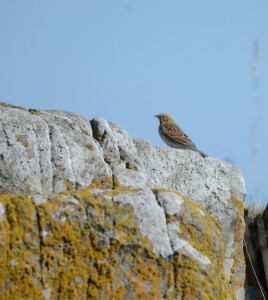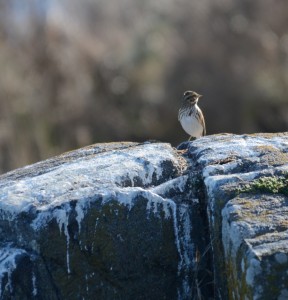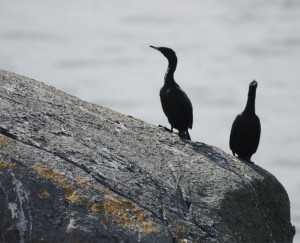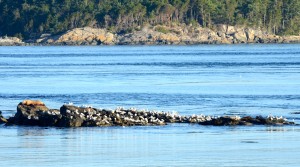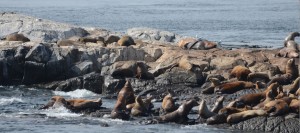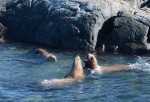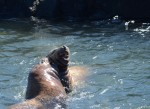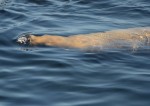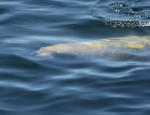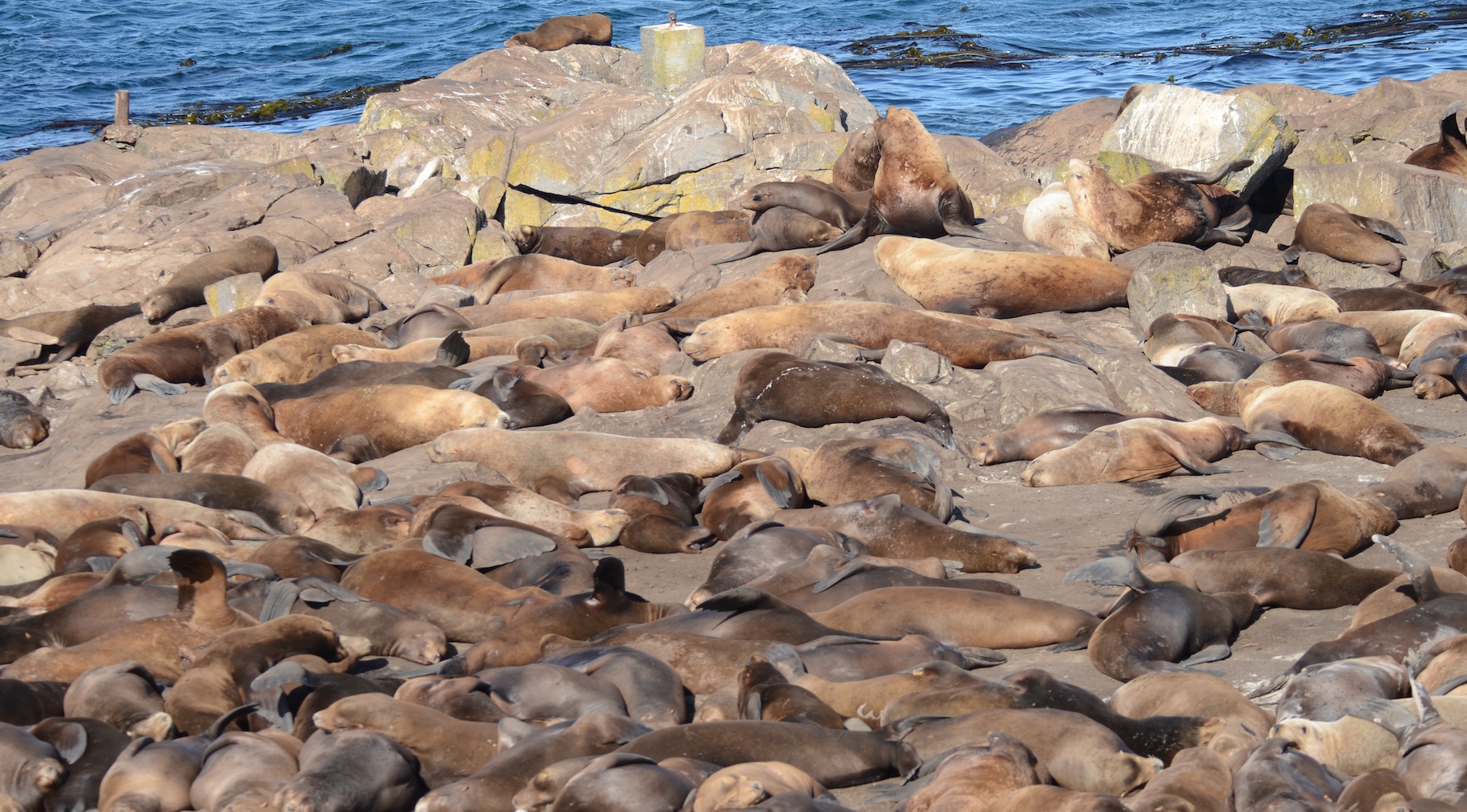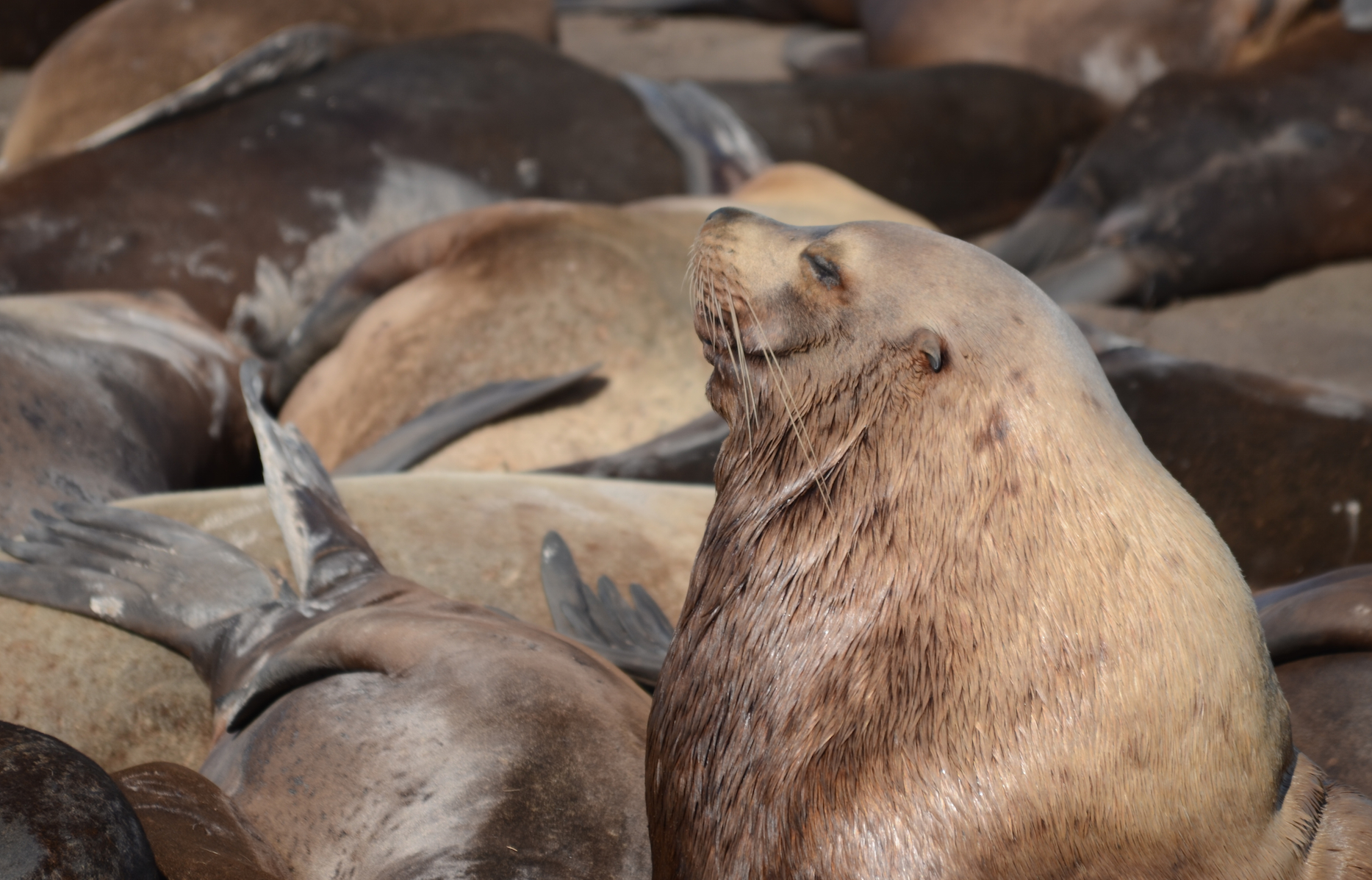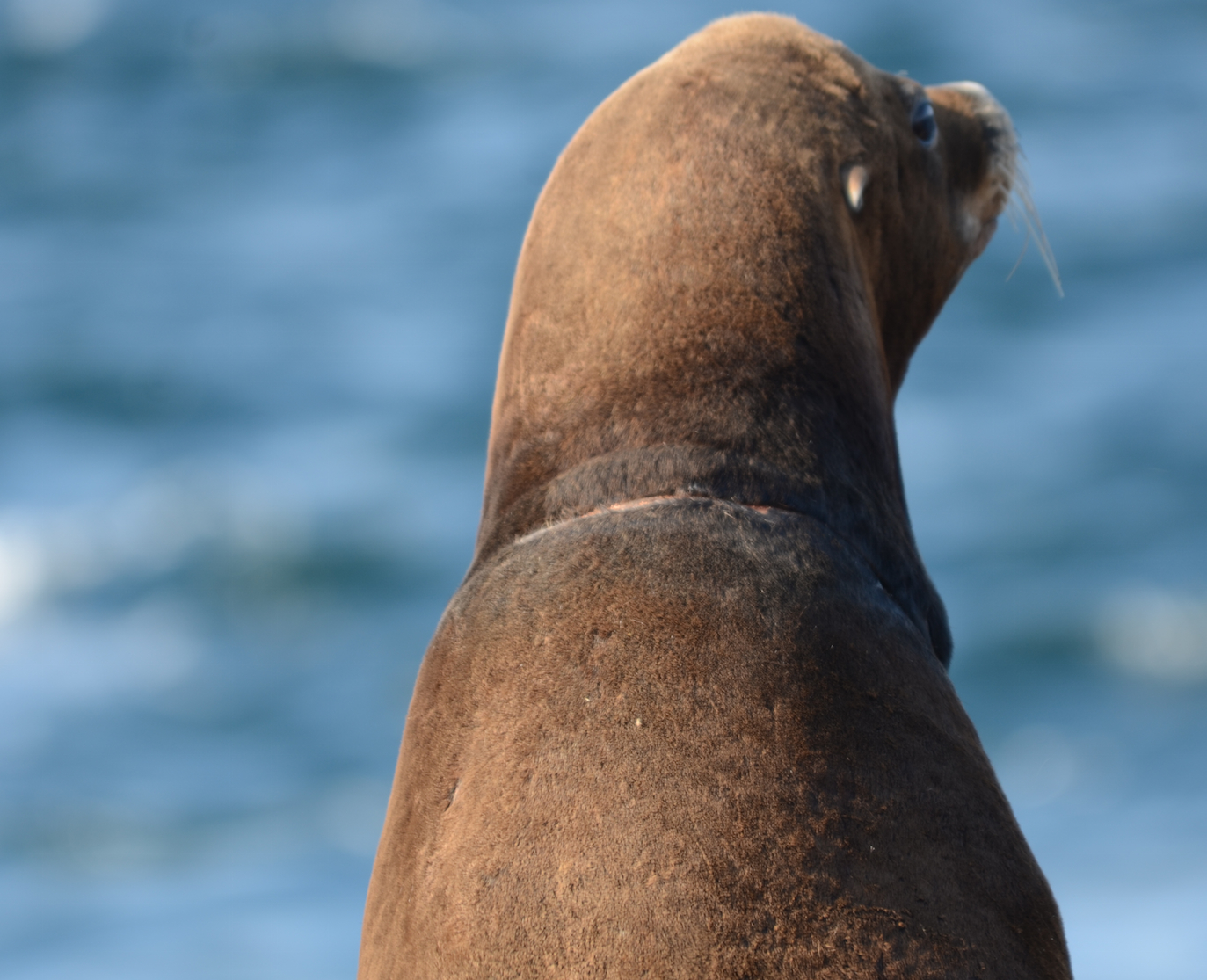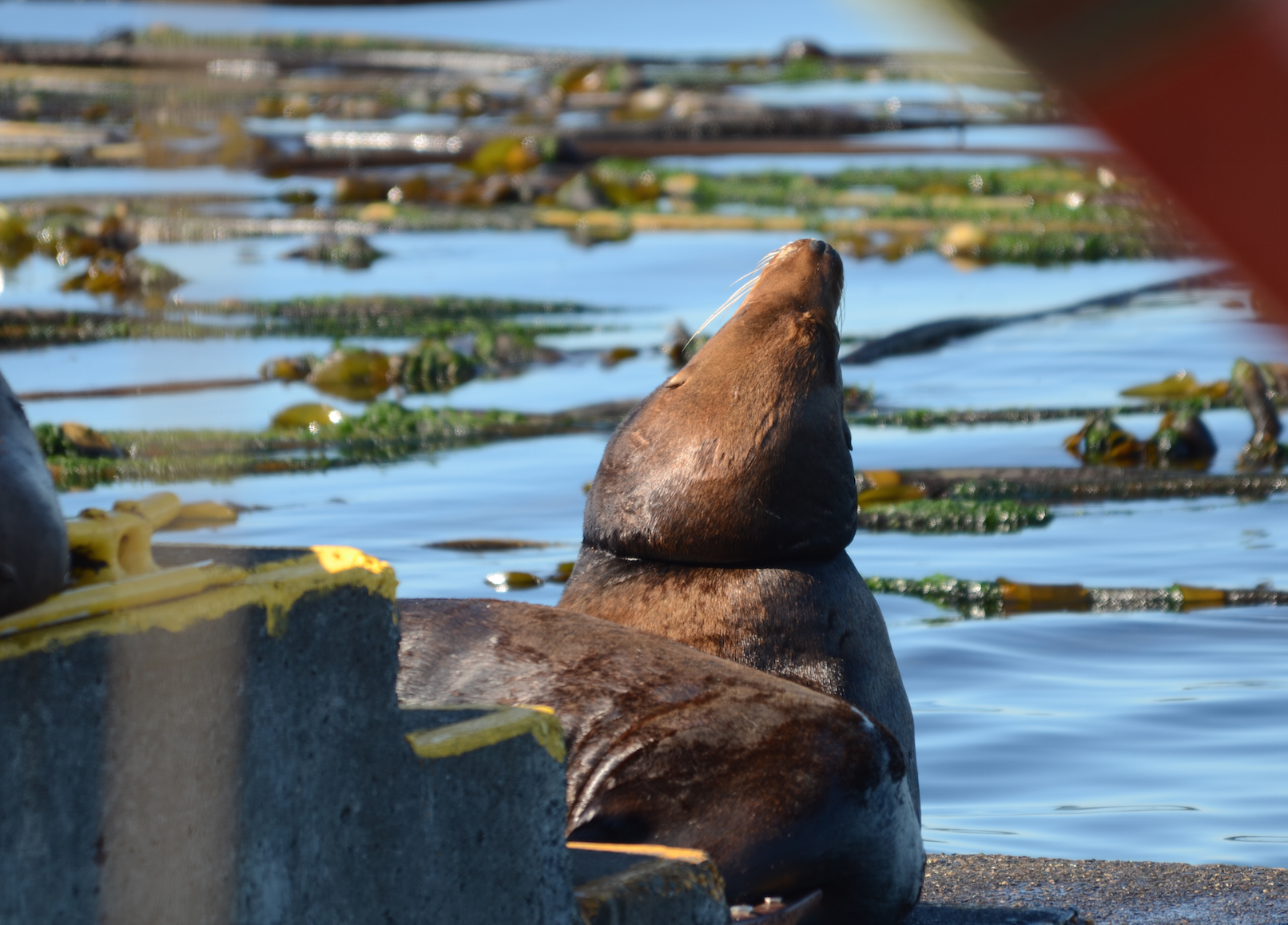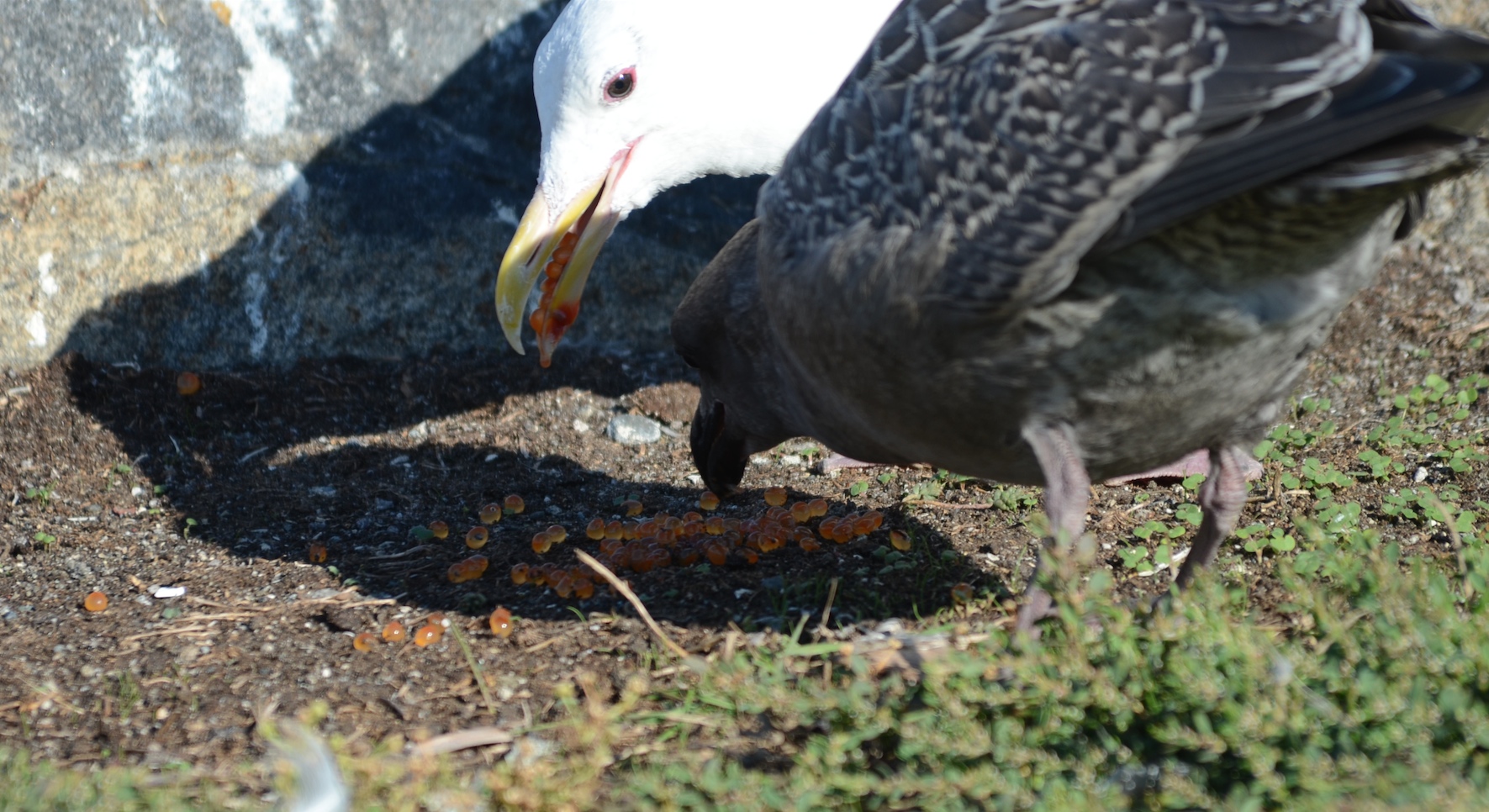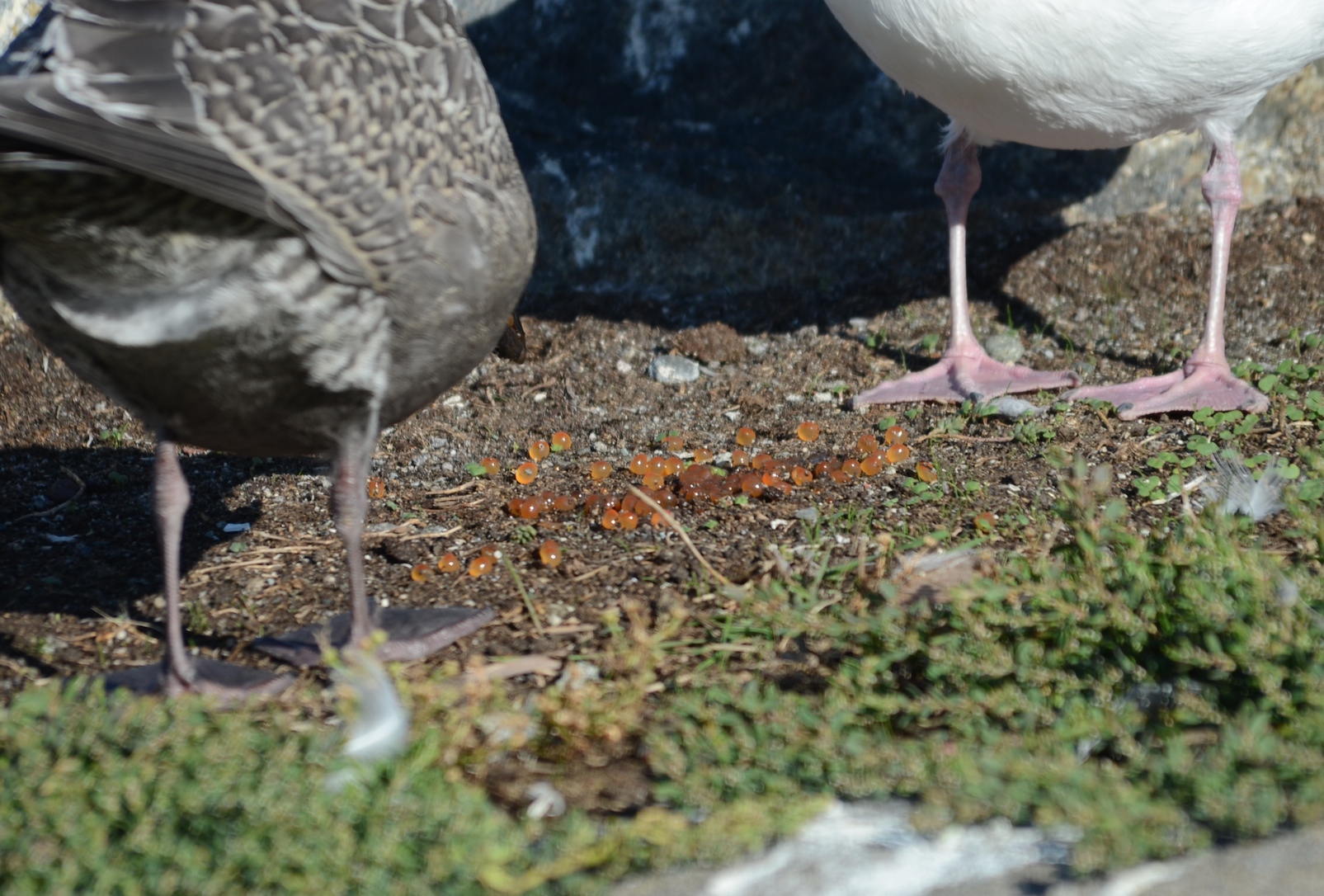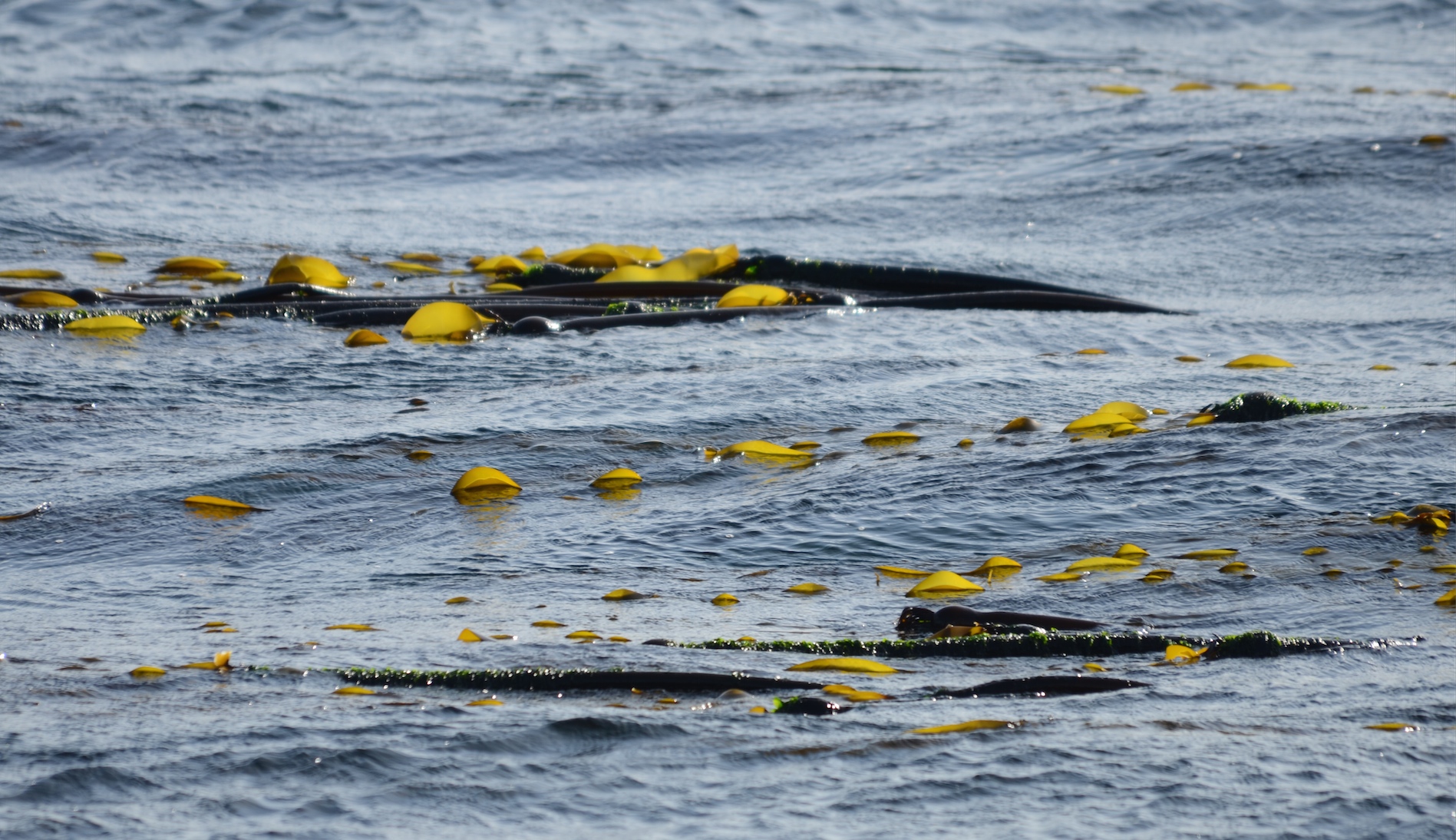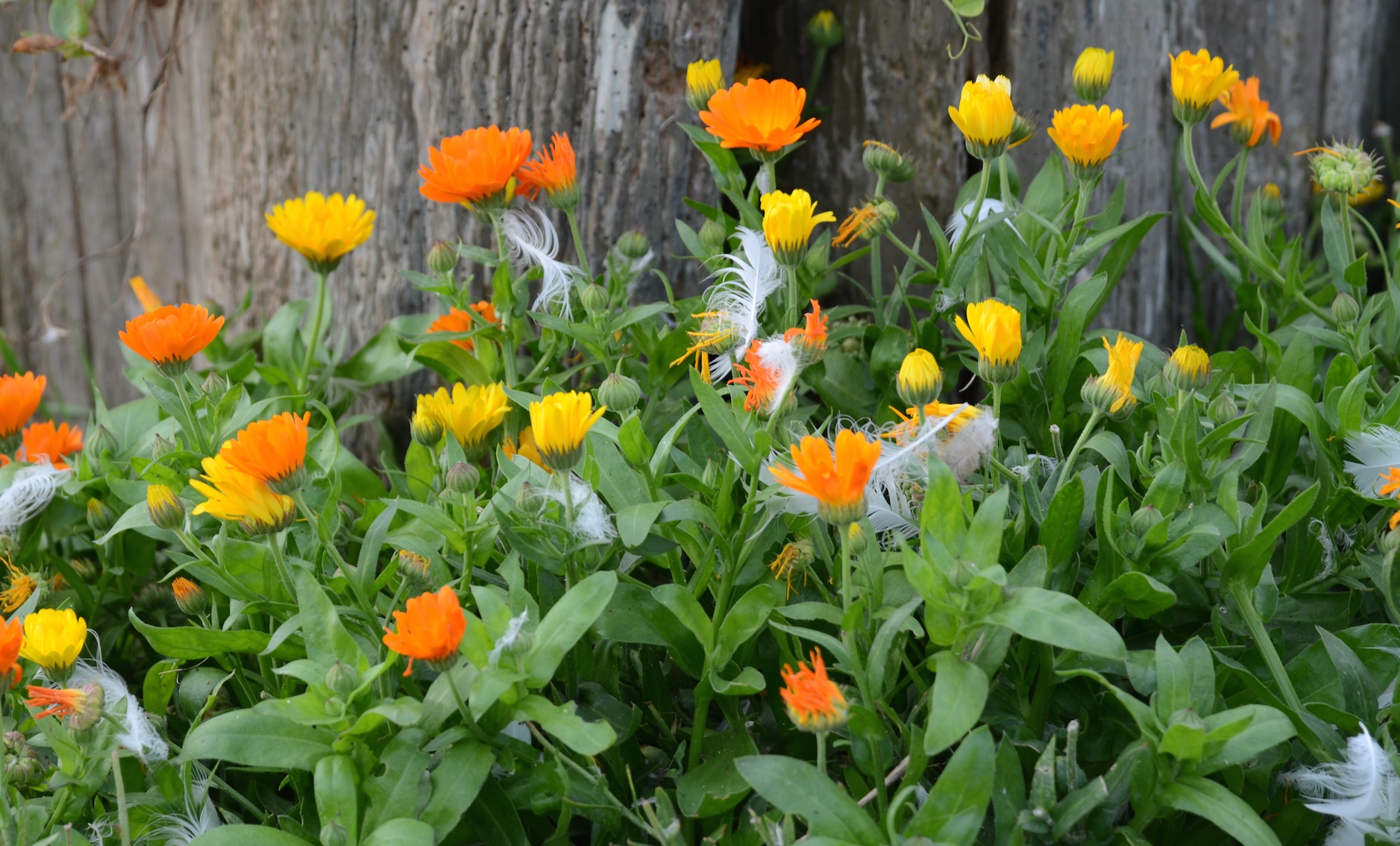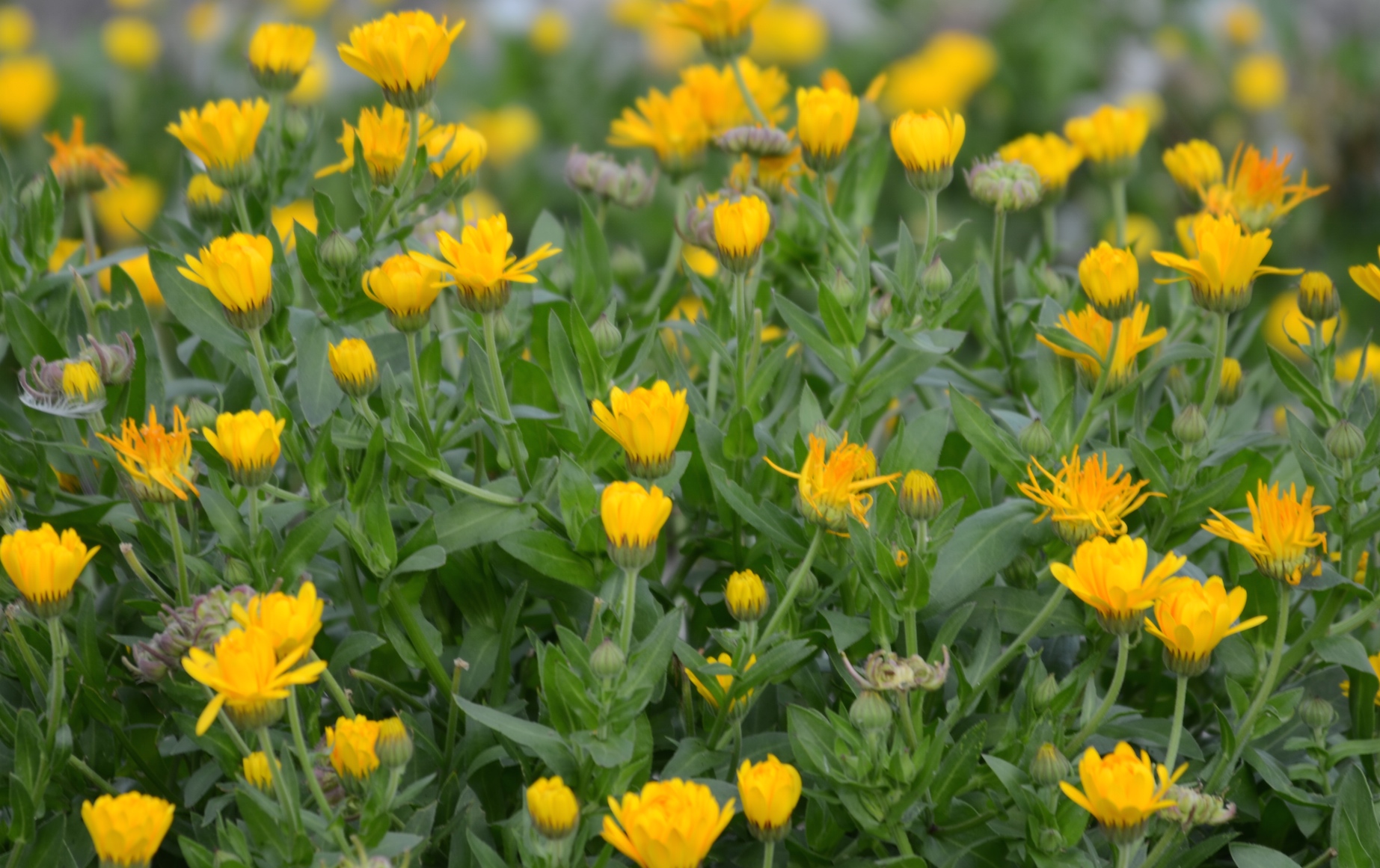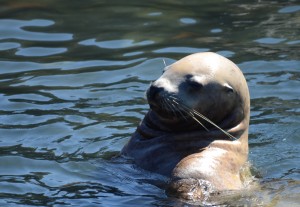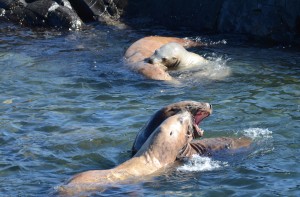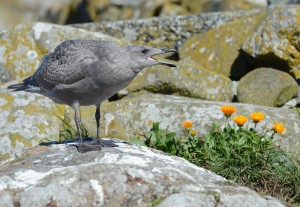It was another beautiful day at Race Rocks with light north-westerlies turning to west and the barometer climbing considerably higher than it has in a week. The forecast is for more of the same with light winds – easterly in the morning then switching to west.
A few commercial operators were working in the Ecological Reserve today including one boat that calls itself a party boat. It came in fast and then went back and forth through Middle Channel seven or eight times before leaving. They also sat right in the middle of the current running against it but staying stationary for long periods of time. Strange but true.
The usual Saturday morning dive charter was here with divers in the water right in front of the sea lion haul-out on north Great Race, also as usual. Total, there were five tourism vessels working in the protected area, including three whale watching vessels. Only a few pleasure craft went through today. Most of them slowed and followed the rules. The exception was a rental boat that went through the reserve at high speed, stopped, changed direction and then roared off at full throttle right through an area with lots of animals in the water.
The ecological trends described in the Log during the last week continue as do the difficulties of identifying gulls, especially large numbers of multiple species, with different ages and stages of plumage all stirred up with hybridization and lots of exceptions to the rules. Yes folks, gull is officially a four-letter word and the jury is still out on some identifications.
The sea lions continue to haul out and it seems that there are more Stellers Sea Lions hauling in the last few days, especially on Middle Rocks. Perhaps they are relaxed enough to haul out, after a day or two without explosions across the way. The extra sea lions on Middle Rocks may be why four young Northern Elephant Seals showed up at Great Race today; #5850 and three companions, all about the same size or smaller, two males and a female (the smallest).
Chores consisted of fighting entropy, not unlike Sisyphus, with similar results. There were no visitors.
- Gulls are tricky to identify especially when they hybridize and when there are exceptions to the rules.
- Speedboat in the go-slow zone of the protected area.

